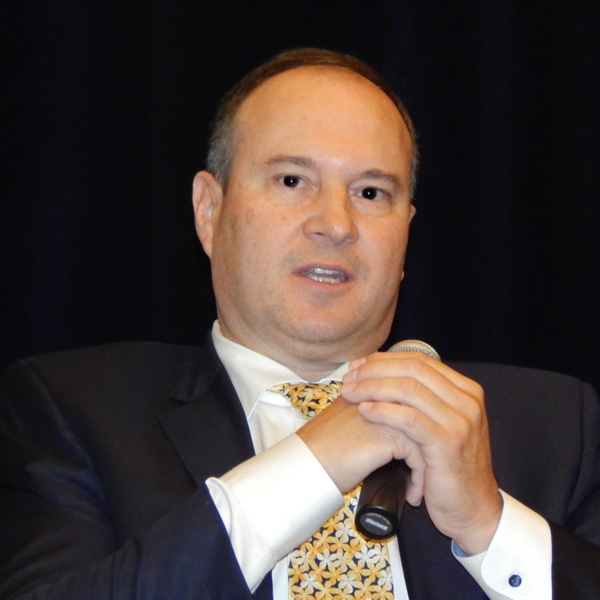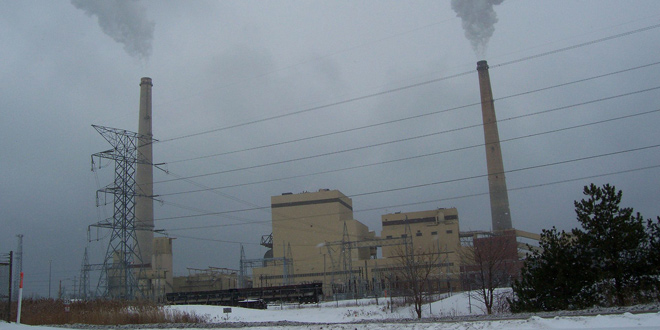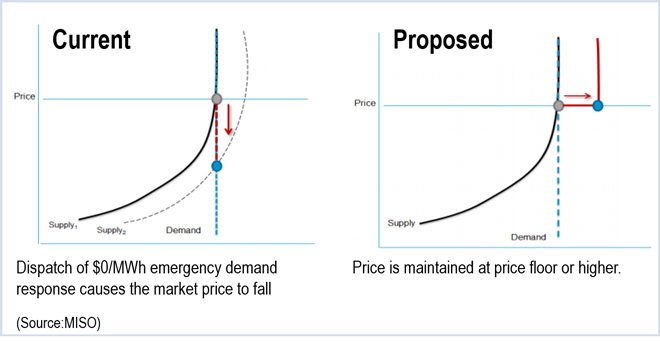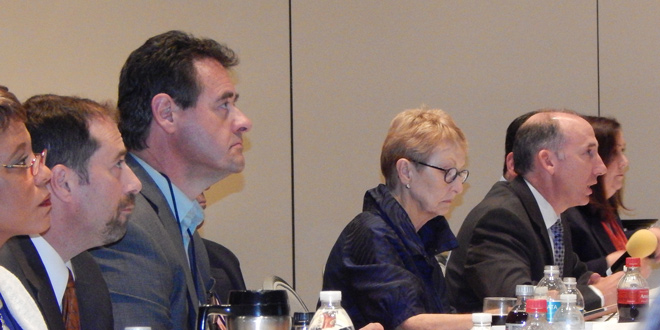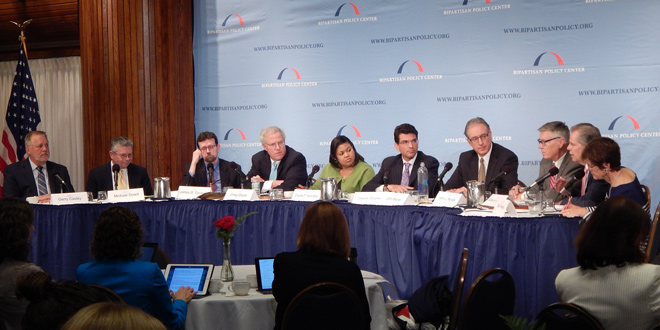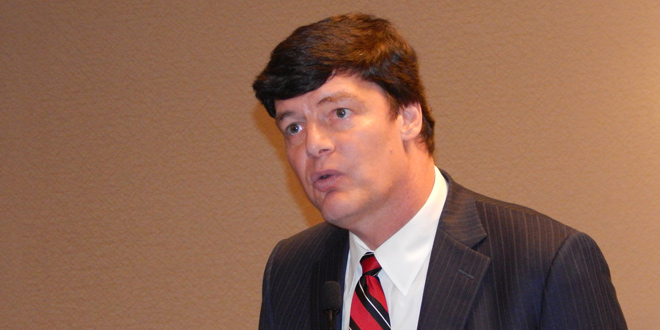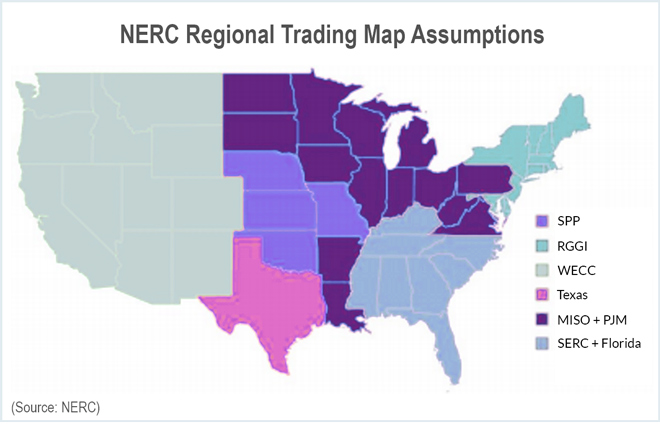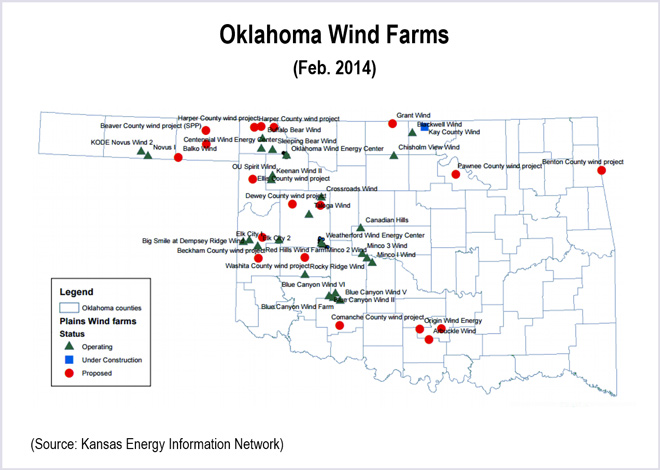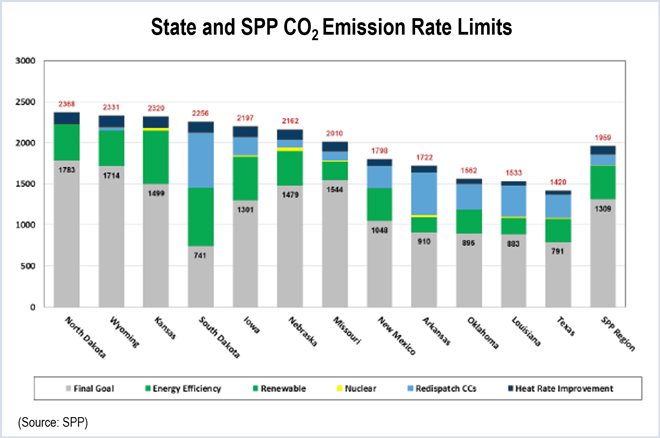Clean Power Plan (CPP)
“My guess is EPA is going to largely ignore the problem and hope that nuclear plants don’t retire,” an Exelon executive said.
A top EPA official gave the most detailed hints yet about how the agency will revise the Clean Power Plan when the final rule is released this summer.
With its reliance on demand response and behind-the-meter generation increasing amid generator retirements, MISO plans to update the way it sets prices during emergency resource offers.
Consumer advocates told PJM that Capacity Performance could saddle ratepayers with excessive costs because of its treatment of renewable energy.
Since the EPA proposed its Clean Power Plan, the idea that the final rule should include a reliability safety valve has become an article of faith among utility, state and RTO officials.
Arkansas PSC Chairman Ted Thomas is no fan of the EPA’s Clean Power Plan, but he’s perhaps even more critical of congressional Republicans.
The U.S. electric industry will face reliability concerns in four years if the interim goals of the Environmental Protection Agency’s Clean Power Plan aren’t relaxed, the North American Electric Reliability Corp. said last week.
SPP members rejected a request for a waiver from a rule barring base plan transmission funding for wind generation projects that push wind’s share of capacity above 20% of summer peak load.
SPP’s next 10-year transmission plan will consider three future scenarios to assess the potential impact of EPA’s Clean Power Plan.
SPP could comply with the EPA’s Clean Power Plan through a $45/ton carbon adder and 7.8 GW of additional generation, most of it wind, the RTO said.
Want more? Advanced Search
